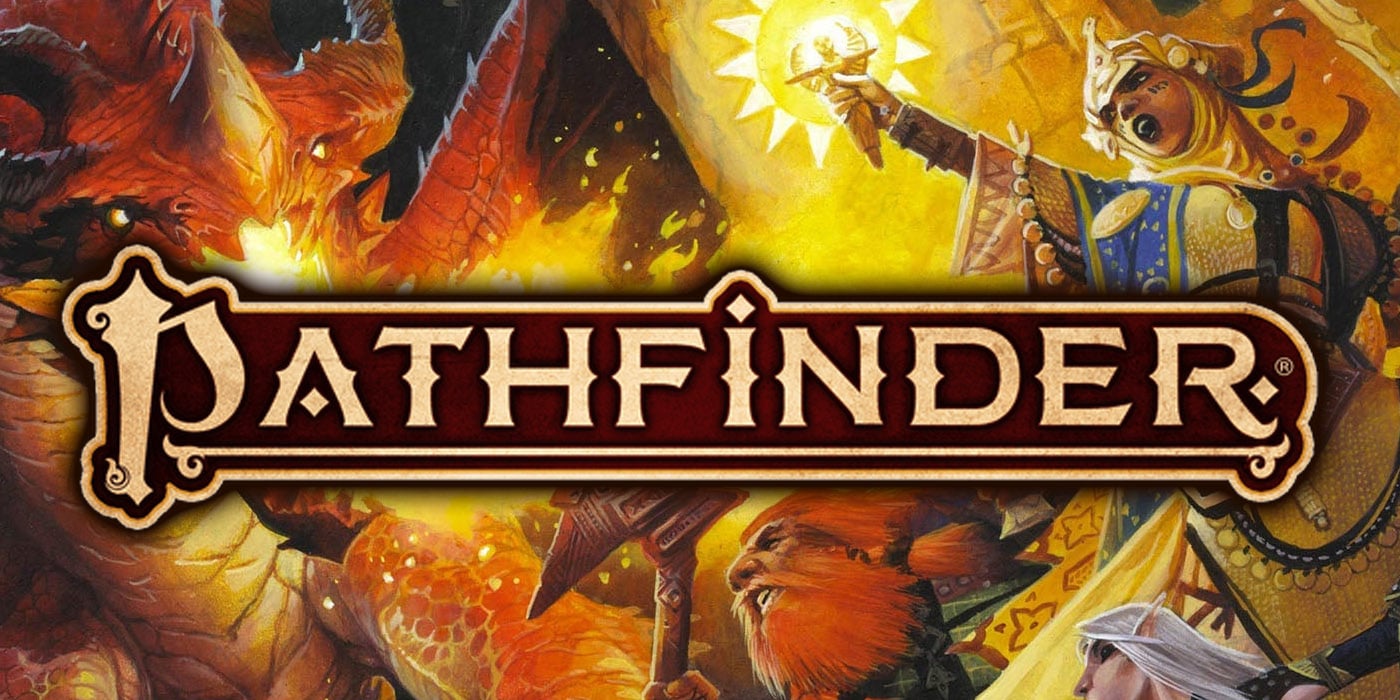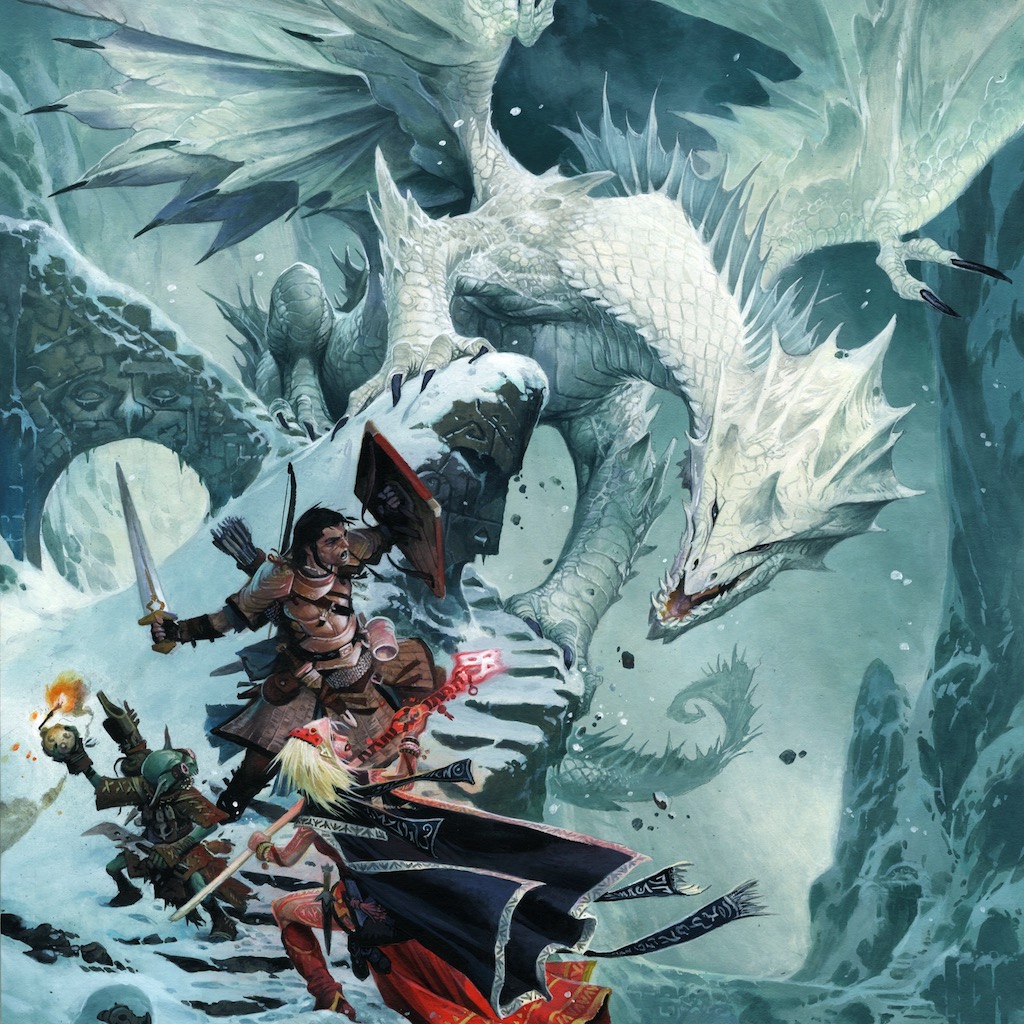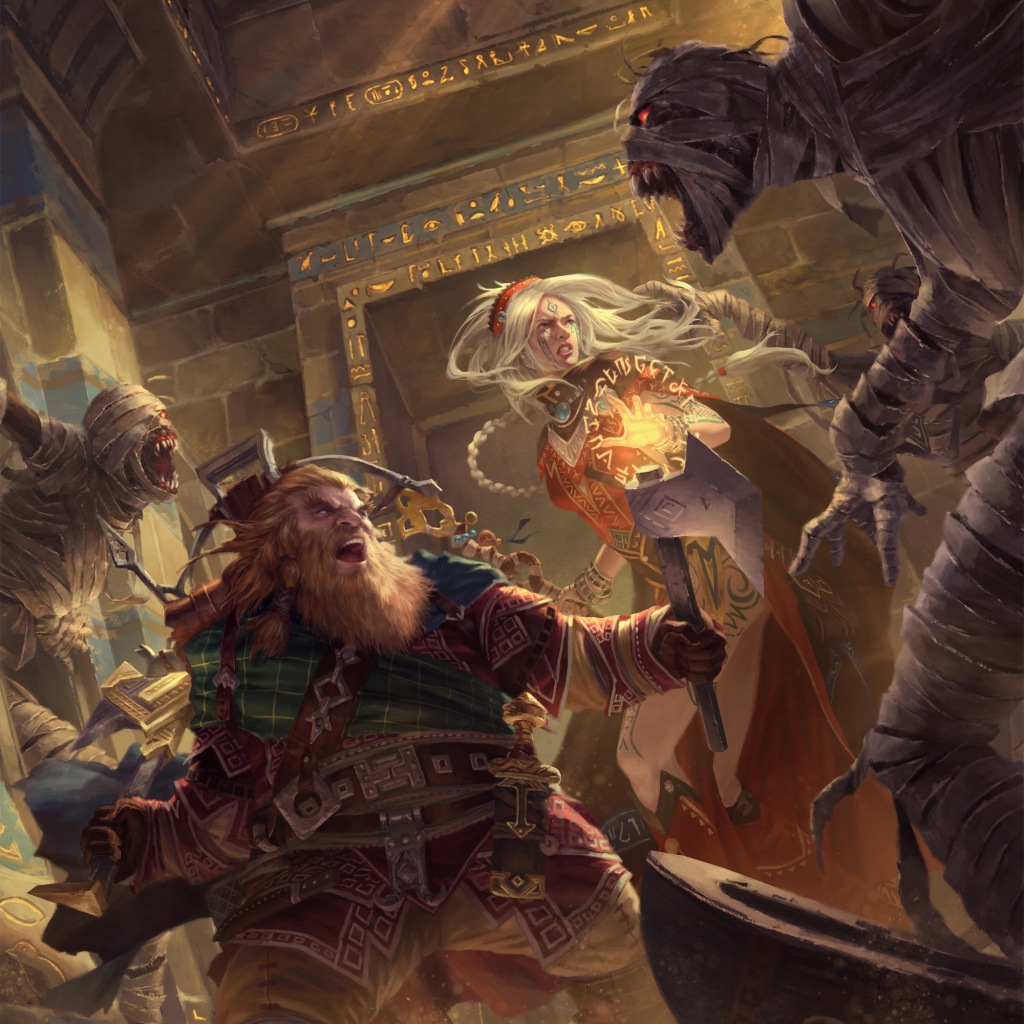RPG: BREAKING – Pathfinder 2nd Edition Coming


After a decade of adventure, Pathfinder is going to be releasing a Second Edition.
Big news today gang. After a decade of finding Paths, and a year of finding Stars, the folks over at Paizo have just announced Pathfinder: 2nd Edition. What does that mean exactly? Well in August, you can sign up for a playtest and get a look at what 2nd Edition Pathfinder will look like. Here’s what Paizo has to say:
via Paizo
Welcome to the next evolution of the Pathfinder Roleplaying Game!
Just shy of 10 years ago, on March 18th, 2008, we asked you to take a bold step with us and download the Alpha Playtest PDF for Pathfinder First Edition. Over the past decade, we’ve learned a lot about the game and the people who play it. We’ve talked with you on forums, we’ve gamed with you at conventions, and we’ve watched you play online and in person at countless venues. We went from updating mechanics to inventing new ones, adding a breadth of options to the game and making the system truly our own. We’ve made mistakes, and we’ve had huge triumphs. Now it is time to take all of that knowledge and make the Pathfinder Roleplaying Game even better.
There are three big categories they talked about for now. With a focus on how exactly the game is going to change, and the different ways they’re thinking about it. Worth noting is the “three modes of play” for the game. But for now, let’s take a look at the overall shape of things to come.
New, but the Same
Our first goal was to make Pathfinder Second Edition feel just like the game you know and love. That means that as a player, you need to be able to make the choices that allow you to build the character you want to play. Similarly, as a Game Master, you need to have the tools and the support to tell the story you want to tell. The rules that make up the game have to fundamentally still fill the same role they did before, even if some of the mechanics behind them are different.
Advertisement
So, it’ll still be Pathfinder at the end of the day. There are a few big changes coming to the game. Characters are getting more streamlined–and taking a cue from 5th Edition D&D, Pathfinder is dropping the differentiated attack proficiencies and stuff that they used to have. And instead there’ll just be that unified proficiency system.
Playing the Game
We’ve made a number of changes to the way the game is played, to clean up the overall flow of play and to add some interesting choices in every part of the story. First up, we have broken play up into three distinct components. Encounter mode is what happens when you are in a fight, measuring time in seconds, each one of which can mean life or death. Exploration mode is measured in minutes and hours, representing travel and investigation, finding traps, decoding ancient runes, or even mingling at the queen’s coronation ball. Of all the modes of play, exploration is the most flexible, allowing for easy storytelling and a quick moving narrative. Finally, the downtime mode happens when your characters are back in town, or relative safety, allowing them to retrain abilities, practice a trade, lead an organization, craft items, or recuperate from wounds. Downtime is measured in days, generally allowing time to flow by in an instant.
Most of the game happens in exploration or encounter mode, with the two types of play flowing easily from one to the other. In fact, exploration mode can have a big impact on how combat begins, determining what you roll for your initiative. In a group of four exploring a dungeon, two characters might have their weapons ready, keeping an eye out for danger. Another might be skulking ahead, keeping to the shadows, while the fourth is looking for magic. If combat begins, the first two begin with their weapons drawn, ready for a fight, and they roll Perception for their initiative. The skulking character rolls Stealth for initiative, giving them a chance to hide before the fight even begins. The final adventurer rolls Perception for initiative, but also gains some insight as to whether or not there is magic in the room.
Additionally, characters will have reactions and other things they can do during the game–similar to another system that rhymes with myth sedition–but that’s what Pathfinder has always been. A sort of interpretation of some of the same core mechanics, gone off in their own directions. Paizo is very…crunchy in general with their design. It’ll be interesting to see how they handle the streamlined take of rules in the modern era, where players just want to sit down and play as quickly as they can.
Monsters and Treasure
The changes to the game are happening on both sides of the GM screen. Monsters, traps, and magic items have all gotten significant revisions.
First off, monsters are a lot easier to design. We’ve moved away from strict monster construction formulas based off type and Hit Dice. Instead, we start by deciding on the creature’s rough level and role in the game, then select statistics that make it a balanced and appropriate part of the game. Two 7th-level creatures might have different statistics, allowing them to play differently at the table, despite both being appropriate challenges for characters of that level.
This also makes it easier for us to present monsters, giving us more space to include special abilities and actions that really make a monster unique. Take the fearsome tyrannosaurus, for example; if this terrifying dinosaur gets you in its jaws, it can take an action to fling you up to 20 feet through the air, dealing tremendous damage to you in the process!
And in stuff like this, we’ll see Paizo’s unique take on monster abilities really take hold. There’s a lot waiting in the future, so stay tuned in the coming months–we’ll have a lot of Pathfinder updates for you.
Happy adventuring!








